American Sweet Crabapple Tree (Malus Coronaria) – 1 Gallon Pot
$39.97 Original price was: $39.97.$27.98Current price is: $27.98.
SKU: D2LSC 5439518217 Category: FRUIT TREES & PLANTS
- Get the Best for Less
- No-Questions-Asked Returns
- Effortless Shopping, Quality Products
- 7 days free returns

Sweet Crabapple
Malus coronaria
Other Names: American Crabapple, Garland Crab, Sweet Crabapple, Wild Crabapple
NOTE: As with all of our other plants and trees, all of our fruit plants are grown in containers outdoors so they are fully rooted and landscape-ready upon arrival.
Plant Details
USDA Plant Hardiness Zones: 4a-8b Find Your Zone
Plant Type: Deciduous Fruit Tree
Height at Maturity: 15-25′ depending on location
Width at Maturity: 25-35′ depending on location
Spacing: 35′ feet for space between trees
Growth Habit / Form: Upright, Broad, Open Crown
Growth Rate: Moderate to Fast
Flower Color: Pink aging to White
Flower Size: 1 to 1-3/4″, in clusters
Flowering Period: Spring
Flower Type: Single, in clusters
Fragrant Flowers: Yes
Foliage Color: Bright Green, Golden-Yellow in Fall
Fragrant Foliage: No
Fruit: Yes
Fruit Color: Chartreuse to maturing to Yellow and Red
Sun Needs: Full to Mostly Sun or Part shade
Water Needs: Average, drought tolerant when established
Soil Type: Clay, Loam, Sandy, Silty
Soil Moisture / Drainage: Moist But Well-Drained
Soil pH: 5.0 – 7.5 (Acid to Neutral); prefers slightly acid
Maintenance / Care: Low
Attracts: Butterflies, Beneficial Pollinators, Birds, Mammals
Resistances: Drought (when established), Cold Temperatures to -30F
Description
Sweet Crabapple (Malus coronaria), also known as Wild Crabapple or American Crabapple, is a North American native tree adored for its highly fragrant pink flowers in spring that are the last among the Crabapples to bloom. The “Sweet” in the common name is for the fragrance of the flowers and fruit and not the taste, which is too tart for most folks to eat fresh from the tree. That said, due to their high pectin and acid content, the ripe yellow to red fruits are excellent for making sweet jelly or jam. If you don’t use the small crabapples just leave them on the tree for the birds, deer and other mammals to enjoy. The leaves of this species are a bright green through the warm season turning to golden-yellow shades with the arrival of cooler temperatures in fall. All grown up, under ideal conditions the tree might reach 25 feet tall by 35 feet wide.
Wildlife Value
Honey bees and other native bees enjoy the nectar from flowers. The fruits are a desirable food source for birds as well as raccoons, rabbits, opossum, squirrel, and foxes. Branches provide cover and nesting sites for birds and small mammals.
Honey bees and other native bees enjoy the nectar from flowers. The fruits are a desirable food source for birds as well as raccoons, rabbits, opossum, squirrel, and foxes. Branches provide cover and nesting sites for birds and small mammals.
NOTE: As with all of our other plants and trees, all of our fruit plants are grown in containers outdoors so they are fully rooted and landscape-ready upon arrival.
Landscape & Garden Uses
Growing 15 to 25 feet tall and 25 to 35 feet wide, the Sweet Crabapple is ideal for use as a specimen or in grouping in sunny to partially shaded landscape and woodland borders. Also a fine addition to bird and wildlife gardens, native plant gardens, edible landscapes and cottage gardens.
Suggested Spacing: 35 feet for space between trees
Growing Preferences
The Sweet Crabapple is easy to grow in most any moist but well-drained soil of average fertility and full to part shade. Morning sun is good to dry the dew from leaves. Established trees are moderately drought tolerant.
Note: Find helpful advice from our experts under the Planting & Care tab above on desktop screens and below on mobile phones.
Plant Long & Prosper!
Meet The Wilson Brothers & Staff
Questions? Contact Us
Be the first to review “American Sweet Crabapple Tree (Malus Coronaria) – 1 Gallon Pot” Cancel reply
Related products
Sale!
FRUIT TREES & PLANTS
Sale!
FRUIT TREES & PLANTS
Sale!
FRUIT TREES & PLANTS
Sale!
FRUIT TREES & PLANTS
Sale!
FRUIT TREES & PLANTS
Sale!
FRUIT TREES & PLANTS
Sale!
FRUIT TREES & PLANTS
Sale!
FRUIT TREES & PLANTS

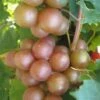

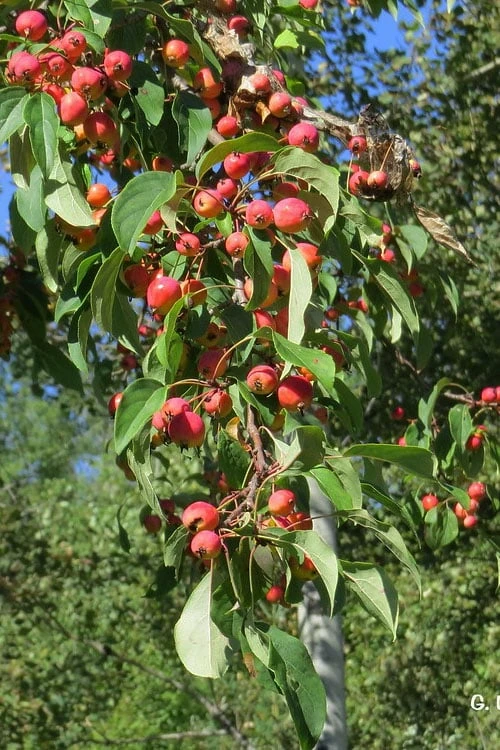


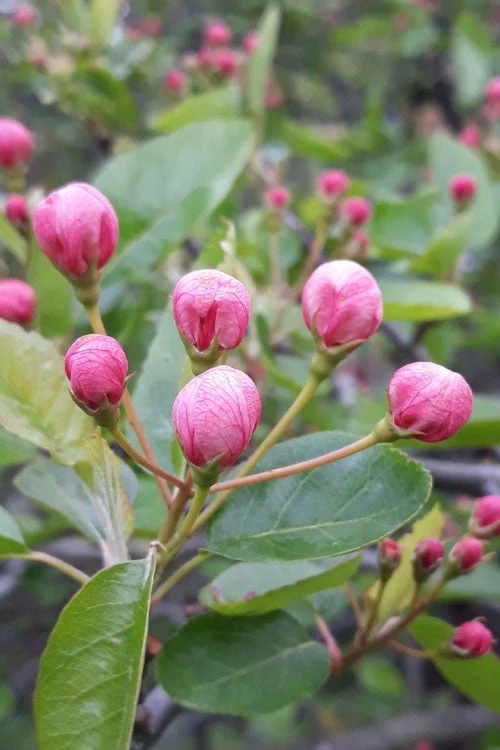
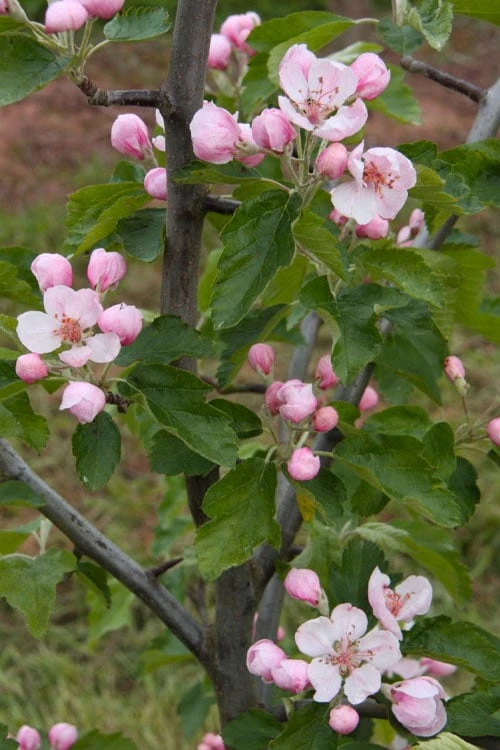




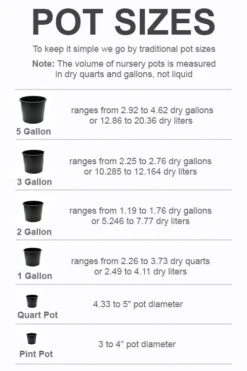
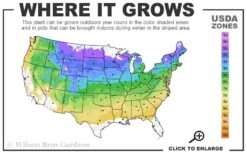

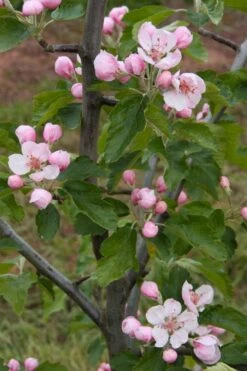
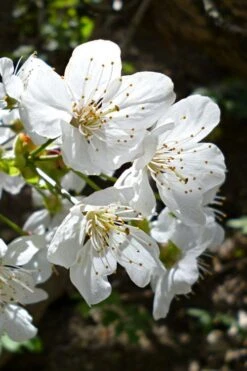

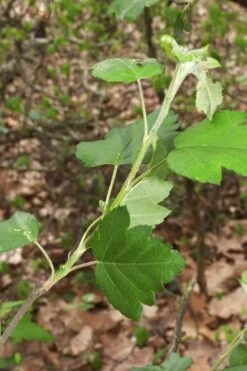

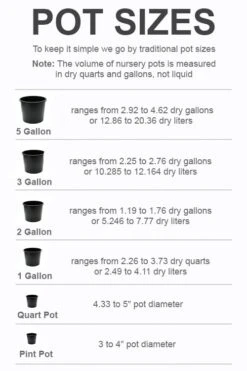



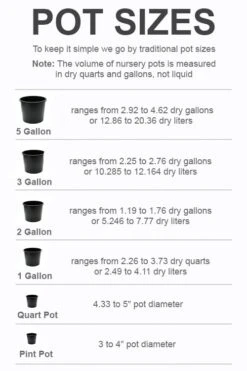


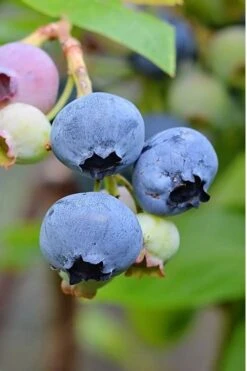

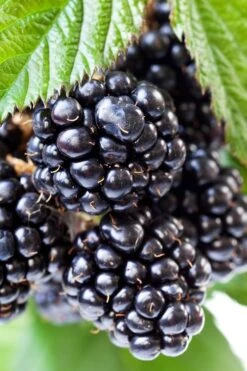
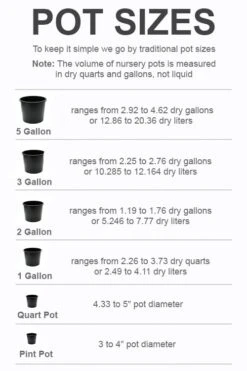
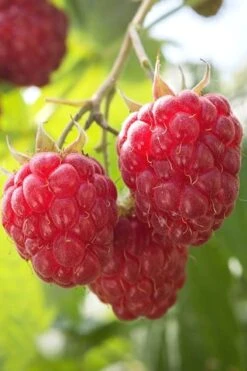
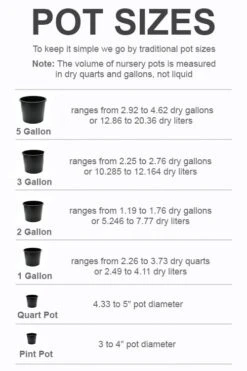
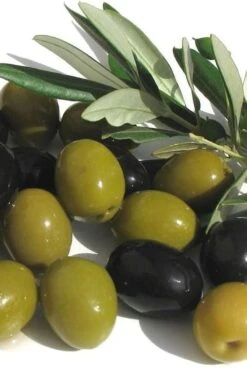
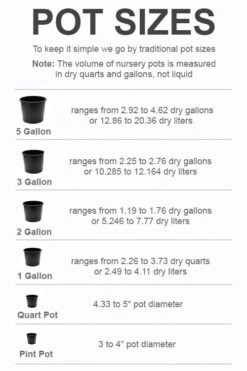
Reviews
There are no reviews yet.